
The 2nd Ho Chi Minh City Hot Air Balloon Festival was held in conjunction with the Ho Do International Music Festival in Ho Chi Minh City at Ba Son Bridge Park (Thu Duc City, Ho Chi Minh City) - Photo: TTD
Facing great opportunities, according to experts, it is necessary to connect localities and create unique tourism products to turn Ho Chi Minh City into a leading destination in Asia, promoting growth of the entire industry and the common economy .
Open new development space
On June 23, speaking with Tuoi Tre reporter, Ms. Huynh Phan Phuong Hoang - Deputy General Director of Vietravel - assessed that Ho Chi Minh City is facing the opportunity to open up a new tourism development space, no longer limited by administrative boundaries. Instead, it is a multi-resource connection area including: urban, industrial, marine, forest and traditional culture.
"With a short travel radius, an increasingly complete infrastructure system and a high population density, Ho Chi Minh City after the merger has the potential to become the most powerful tourist transit station in the country," Ms. Hoang assessed.
Ms. Hoang analyzed: "Instead of single-route tours, Ho Chi Minh City tourism can now be designed as a multi-destination experience combo in 2-4 days, increasing its appeal to both domestic and international tourists, especially corporate groups, MICE (conference, seminar and tourism) guests, short-term international guests or developing new product models.
Specifically, short-term health care tourism near urban areas for young business groups or inter-regional routes that make the most of infrastructure such as highways to save time and enhance experiences."
Meanwhile, Mr. Tu Quy Thanh - Director of Lien Bang Tourism Company - said that when merging, Ho Chi Minh City tourism is like an event "warming up" tourists, local products and services connect with each other to expand potential, especially convenient transportation, ease of moving to destinations, logistics... to attract tourists.
Strategic tourism triangle
According to Mr. Le Truong Hien Hoa - Deputy Director of the Ho Chi Minh City Department of Tourism, the merger will help Ho Chi Minh City become a regional tourist super city, harmoniously combining smart urban areas, creative industries, island resorts, and community eco-tourism.
Mr. Hoa said: "Diversifying products and expanding experience spaces helps extend the length of stay, increase tourists' spending, and reduce connection costs thanks to inter-regional infrastructure such as highways, metro, ports and Long Thanh international airport.
In addition, Ho Chi Minh City plays the role of a center for organizing events, culture, and coordinating smart tourism, while Binh Duong and Ba Ria - Vung Tau create space to develop new experiences for visitors. This helps Ho Chi Minh City not only become more crowded, but also more colorful, more attractive and more memorable for tourists."
Dr. Duong Duc Minh - Deputy Director of the Institute for Economic and Tourism Development Research - acknowledged that Ho Chi Minh City is no longer just a transit center.
The city can become an urban area leading the trend of integrated tourism, providing opportunities to upgrade tourism products, and even creating tourism products capable of shaping new lifestyles and consumption trends for the young generation of global tourists...
“Each province has different potential in a chain. And when this connection is enabled by digital technology, shared data and smart logistics systems, tourists can move, consume and interact across regions seamlessly.
This clear symbiosis will help the three-province cluster overcome the state of single exploitation, moving towards a regional tourism development following a multi-value chain model," said Mr. Minh.
From a state management perspective, Mr. Hoa likened the merger to creating a "strategic tourism triangle", creating an important premise to reposition Ho Chi Minh City as a regional tourist metropolis.
In which, Ho Chi Minh City plays the role of a center of culture, history, creative industry, MICE and smart urban; Binh Duong will promote its advantages as a high-tech industrial zone, logistics and craft village tourism; and Ba Ria - Vung Tau will become a leader in international sea, ecological and spiritual resort tourism, golf, casino...
This is the convergence of three complementary tourism poles, forming a closely linked ecosystem of space, products, infrastructure, and markets.
Regarding the connection direction, Mr. Hoa listed the key product groups that the Department of Tourism is innovating. "That is the inter-urban-industrial tour, connecting Ho Chi Minh City with factory tours, creative urban areas and traditional craft villages of Binh Duong.
The second is the city and island tour, combining Ho Chi Minh City - Ho Tram - Long Hai - Con Dao into seamless resort combos, convenient for international tourists.
And the third is the eco-community tour, expanding from Can Gio to Long Son, OCOP craft villages and inter-provincial mangrove forests. In addition, the industry is developing MICE products for sea, urban areas, international cruise tourism and 3D/360 maps of the entire region for effective destination management."
Regarding concerns about the lack of synchronization in the exploitation of tourism resources among the three localities when linking, Mr. Hoa said that there is no concern because each locality has its own strengths. For example, Ho Chi Minh City is leading the country in terms of number of visitors, infrastructure and tourism management capacity; Ba Ria - Vung Tau has great resort potential but its supporting services are limited; Binh Duong is still mainly industrial and commercial.
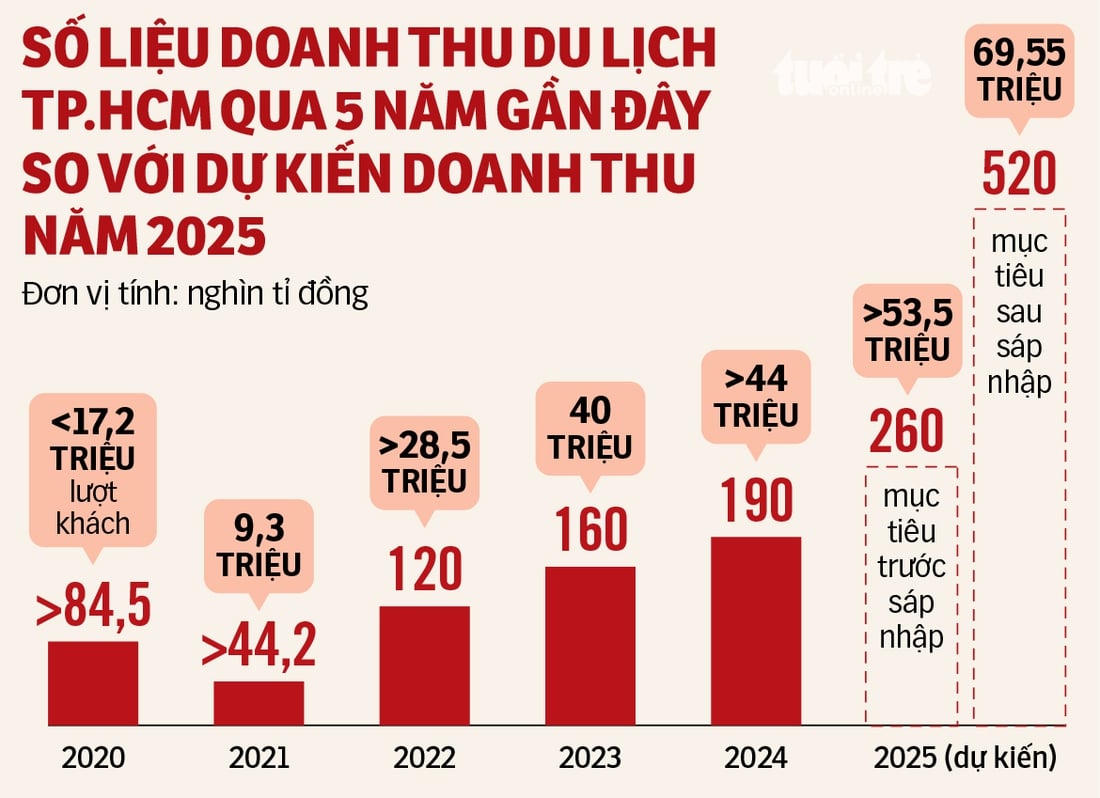
Source: Ho Chi Minh City Department of Tourism - Data: THAO THUONG - Graphics: TAN DAT
Positioning tourism products with unique identity
According to Dr. Duong Duc Minh, compared to localities such as Da Nang, Khanh Hoa or Hue - which have advantages in natural landscapes or unique heritage, Ho Chi Minh City has not really positioned tourism products with a distinct identity and depth of experience.
Mr. Minh cited: "What Ho Chi Minh City lacks is not resources but the ability to structure and present resources in the form of products that can create an impression. Unique tourism products that can be developed are open cultural spaces in the heart of the city - where residents and tourists participate in creating experiential content such as art, cuisine, and vivid history.
Tour programs following the flow of time and memories of Saigon - through rivers, ancient markets, old houses, combined with interactive technology and artificial intelligence will create journeys that can be found nowhere else.
At the same time, connecting groups of artists, researchers, businesses and communities into the product design process will help the city own unique, non-mass experiences with high symbolic value."
According to the Ho Chi Minh City Department of Tourism, the city expects a breakthrough in tourist growth, especially from the international market and high-spending segments such as MICE, island resorts and cruise passengers.
In the coming time, Mr. Le Truong Hien Hoa said that the new strategic action direction for Ho Chi Minh City is to restructure regional tourism products according to spatial clusters, adjust the 2025 target and the 2025 - 2030 period; develop specific regional policies, build regional branding and communication strategies.
"The 2025 target is expected to be adjusted to increase by about 30-40% of international visitors and 15-20% of domestic visitors. Revenue from marine, industrial and cruise tourism products will be doubled. The new Ho Chi Minh City will focus on developing products with high added value, anticipating the trend of green, creative and digital tourism," Mr. Hoa informed.
Applying digital technology to develop tourism
According to Mr. Duong Duc Minh, in the context of global tourism transforming towards digitalization, personalization and globalization, Ho Chi Minh City has the opportunity to become a destination that is not only attractive in terms of experience but also smart in activating and leading financial flows according to tourist demand.
"Instead of relying on passive spending, the city needs to shape a tourism service ecosystem based on a model of individualizing needs - optimizing experiences - stimulating emotional spending behavior.
Financial flows no longer flow through traditional channels such as booking package tours or buying tickets to tourist attractions.
Digital technology, especially big data, artificial intelligence and smart payments, will reveal the map of individual tourist needs, allowing service providers to design products according to the spending context rather than the general level.
If Ho Chi Minh City can take advantage of this sophisticated financial flow, it will not only increase tourism revenue but also transform itself into a truly sustainable experiential economy," Mr. Minh analyzed.
Need unique tourism products bearing Saigon's mark
According to Ms. Huynh Phan Phuong Hoang, to create a strong tourist area, it is necessary to link three provinces and cities on three main axes - namely policy, infrastructure, and products.
Ms. Hoang pointed out that policy linkage is to establish a regional coordination mechanism, remove inter-provincial administrative barriers, synchronize promotion strategies and orient the common market. Infrastructure linkage is to accelerate key traffic routes, connect airports, seaports, metros, and highways to form a complete tourism transit network.
With product linkage, we build inter-provincial tours and combos according to the strengths of each province, coordinate regional events, and develop a common product and service ecosystem.
Compared to Da Nang with its fireworks festivals and upcoming light festivals, or tourism events in Hue and Nha Trang, according to Ms. Hoang, tourism in Ho Chi Minh City needs to have a product ecosystem with urban and inter-regional identities, not just stop at festivals taking place in the city on April 30 or May 1.
"Tourism products bearing the Saigon mark, redesigning city tours towards the depth of culture, art, street food, and Saigon nightlife instead of just visiting scenic spots. The product experiences multiple destinations, diverse terrain, combining urban sea and forest...", Ms. Hoang expressed.
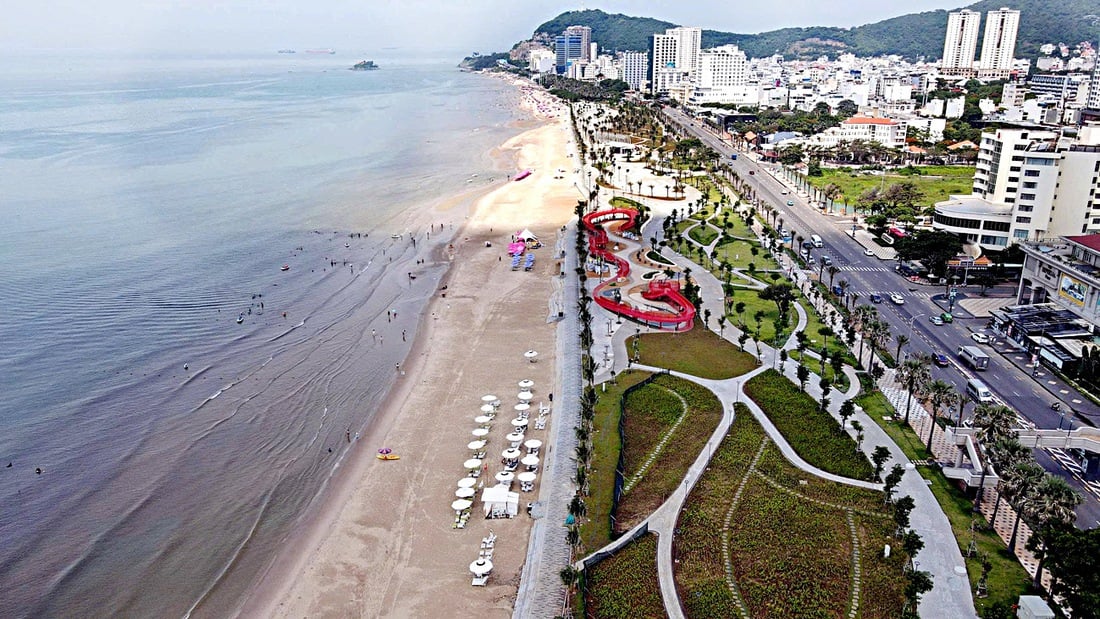
Back Beach is the "heart" of Vung Tau tourism and will also be the high-quality tourism center of the new Ho Chi Minh City when public and private investment projects are being vigorously implemented here - Photo: DONG HA
Vung Tau - Con Dao become a high-class sea tourism axis
According to many experts, the tourism industry of Ho Chi Minh City has the best opportunity to restructure after merging with Ba Ria - Vung Tau - a famous tourist area.
This opportunity can be realized when the transportation system connecting Ho Chi Minh City or the Western provinces to Ba Ria - Vung Tau is completed, such as Bien Hoa - Vung Tau Expressway, Ben Luc - Long Thanh Expressway. Especially when Long Thanh Airport is put into use, along with Ho Tram - Long Thanh Expressway is built, the above opportunity will be "brighter" and clearer. That is because the traffic jam on National Highway 51 is resolved.
"The new Ho Chi Minh City is not only a megacity, the leading economic center of Vietnam, but also has great tourism potential with diverse landscapes; many unique architectural, cultural, historical works and festivals. With such a position, the new Ho Chi Minh City will certainly attract large-scale, outstanding tourism projects," said a tourism businessman.
Speaking to Tuoi Tre, Mr. Vu Hong Thuan, acting director of the Department of Culture, Sports and Tourism of Ba Ria - Vung Tau province, said that the merger of Ba Ria - Vung Tau and Binh Duong into Ho Chi Minh City not only opens up a space for outstanding economic development, especially for the tourism industry. This is the golden time to comprehensively restructure the organizational model, products and tourism value chain.
According to Mr. Thuan, Ba Ria - Vung Tau with its centers of Vung Tau, Long Hai, Ho Tram, and Con Dao will no longer be simply a "weekend destination" but will need to "transform" into an international-class beach resort center, located in the smart urban - industrial - service chain of the new Ho Chi Minh City. "Transformation here is not just a change in image, but a change in the way of doing things, the way of reorganizing products, services, human resources, and tourist experiences," Mr. Thuan shared.
According to tourism experts and state management agencies, the tourism industry of Ho Chi Minh City needs to reposition its brand from "mass tourism" to "high-quality tourism". At the same time, it should focus on developing long-term resort tourism, MICE tourism, health tourism, sea sports, night entertainment, and smart tourism.
Mr. Thuan also pointed out the main weaknesses that the new Ho Chi Minh City tourism industry needs to overcome: uneven product quality, not many iconic products. At the same time, there is a lack of a center to coordinate and share data across the industry, causing difficulties in policy planning and centralized marketing. In addition, there is a lack of professional skills and foreign languages in human resources, especially in serving international guests and high-end segments.
"In the coming period, under the general coordination of the new Ho Chi Minh City, the tourism industry aims to build Vung Tau - Con Dao into a classy sea - island tourism axis by 2030, associated with a smart, multi-experience, environmentally friendly urban area, to become a leading regional and international tourist center, with a solid position on the global tourism map," said Mr. Thuan.
Source: https://tuoitre.vn/tp-hcm-sieu-do-thi-du-lich-day-tiem-nang-truc-du-lich-bien-dang-cap-202506240907207.htm




![[Photo] Prime Minister Pham Minh Chinh receives President of Cuba's Latin American News Agency](/_next/image?url=https%3A%2F%2Fvphoto.vietnam.vn%2Fthumb%2F1200x675%2Fvietnam%2Fresource%2FIMAGE%2F2025%2F12%2F01%2F1764569497815_dsc-2890-jpg.webp&w=3840&q=75)



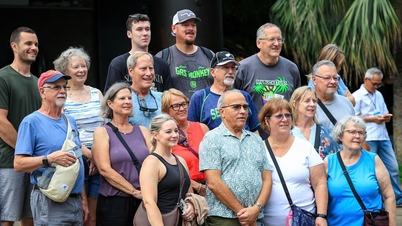

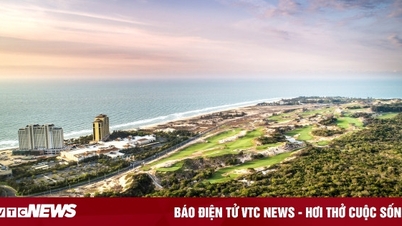



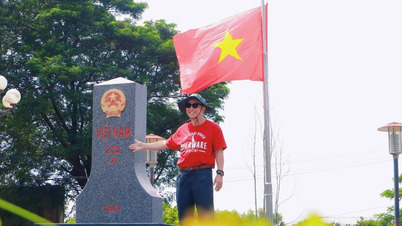


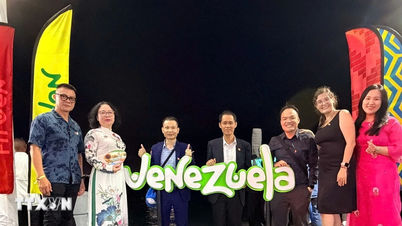

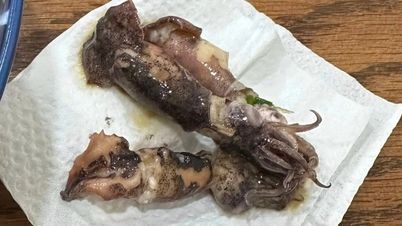


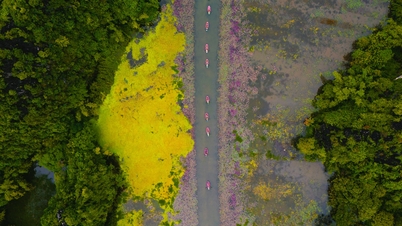

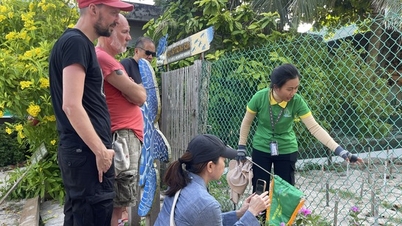




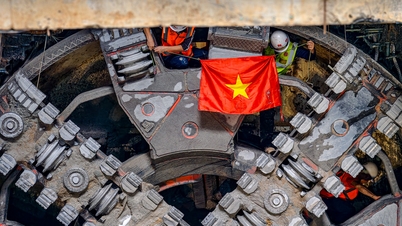
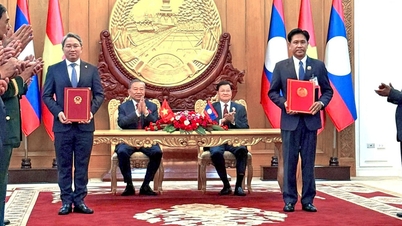
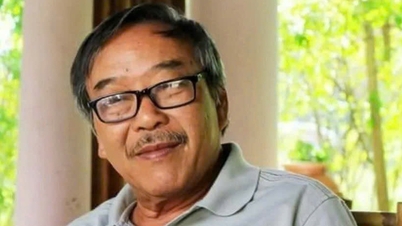
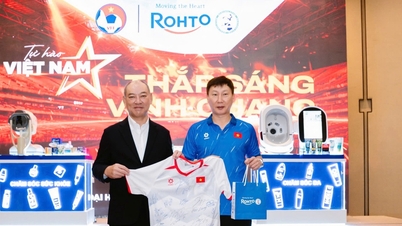
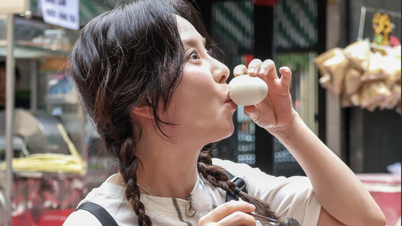



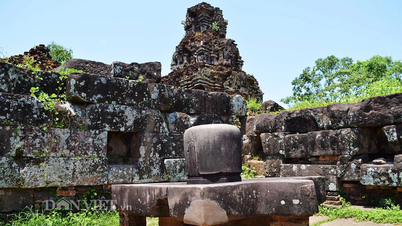

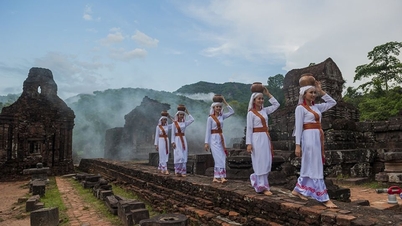

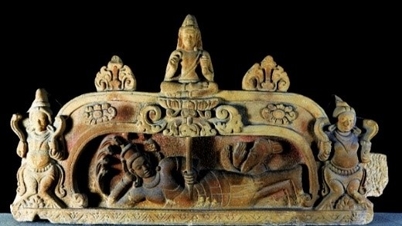
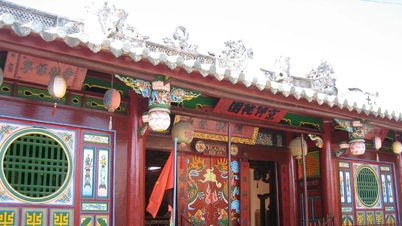
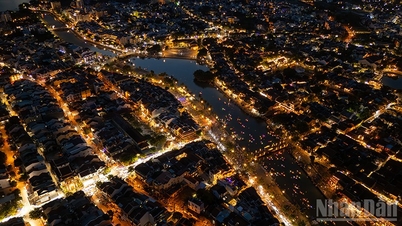

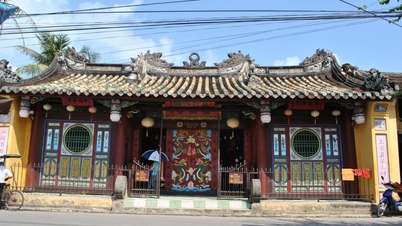

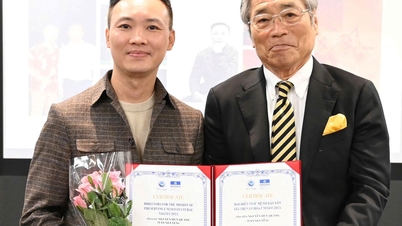


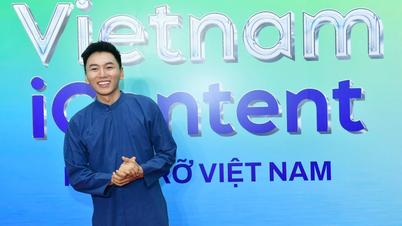

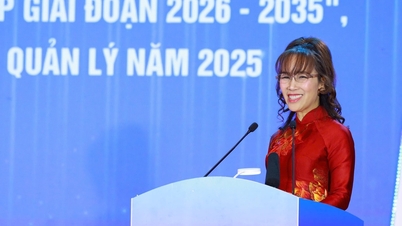

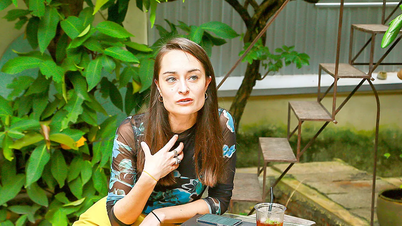





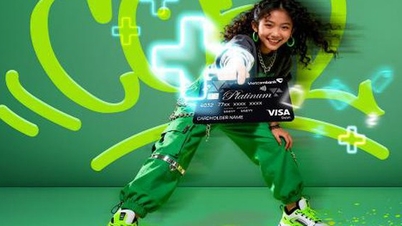
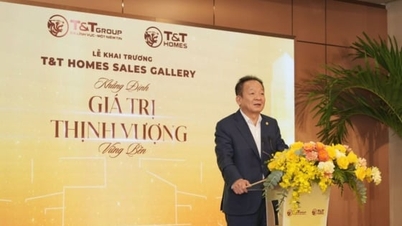



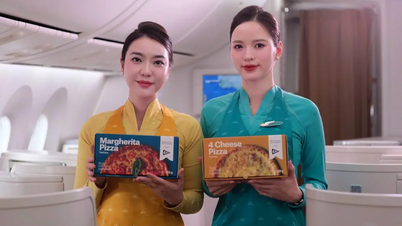






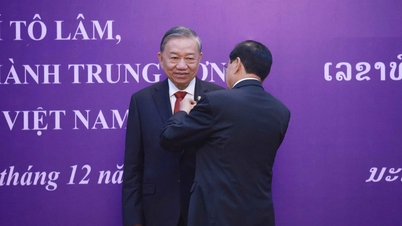

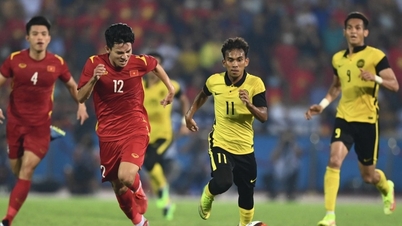
![[Photo] President Luong Cuong holds talks with Sultan of Brunei Darussalam Haji Hassanal Bolkiah](https://vphoto.vietnam.vn/thumb/402x226/vietnam/resource/IMAGE/2025/12/01/1764574719668_image.jpeg)


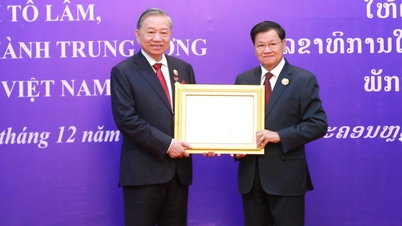

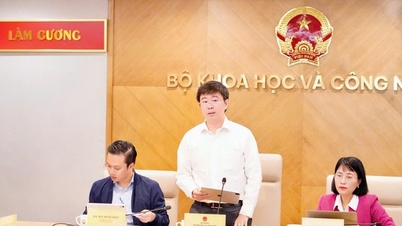



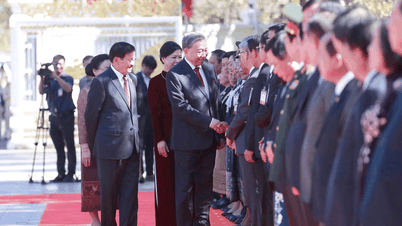
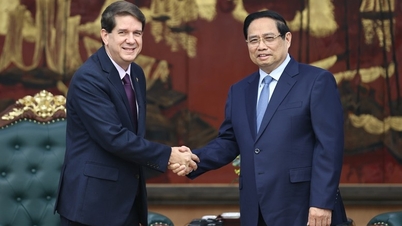
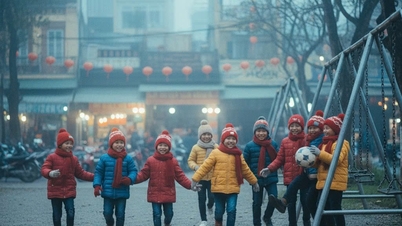

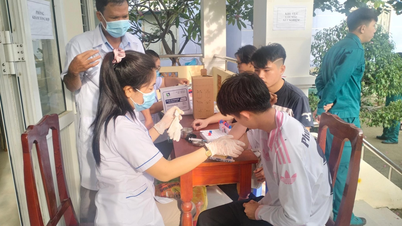

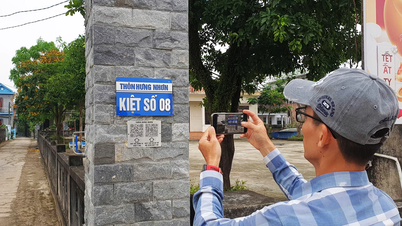

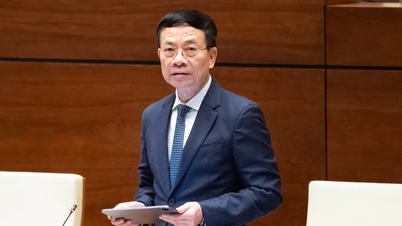
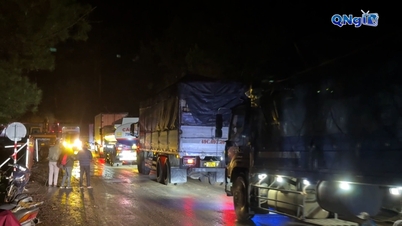









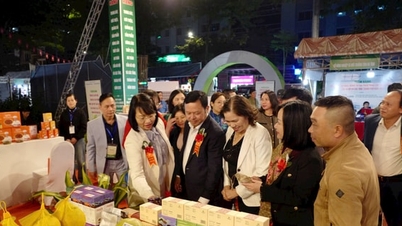
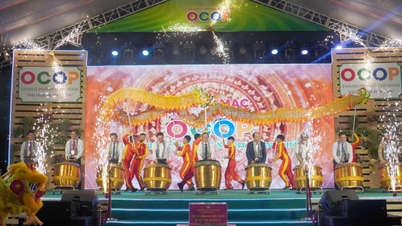

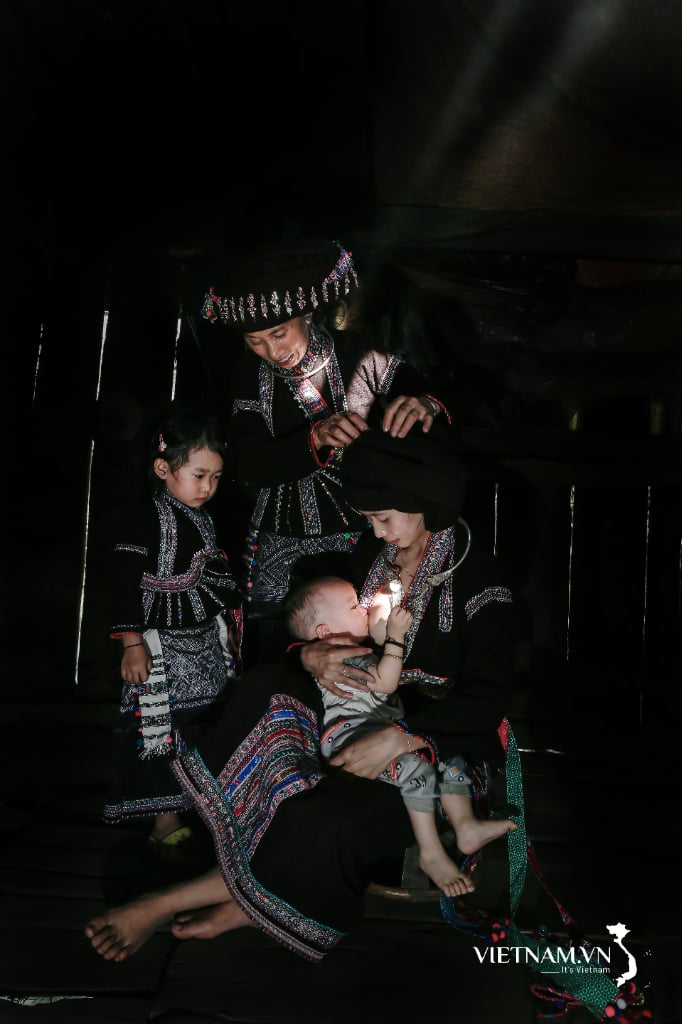

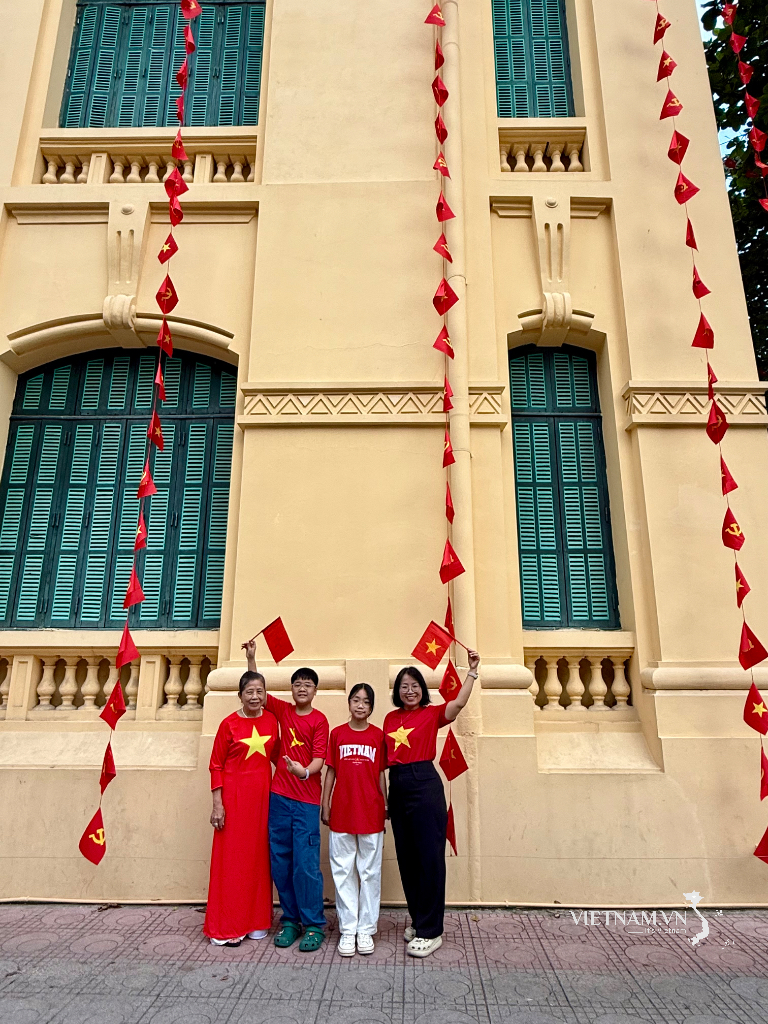
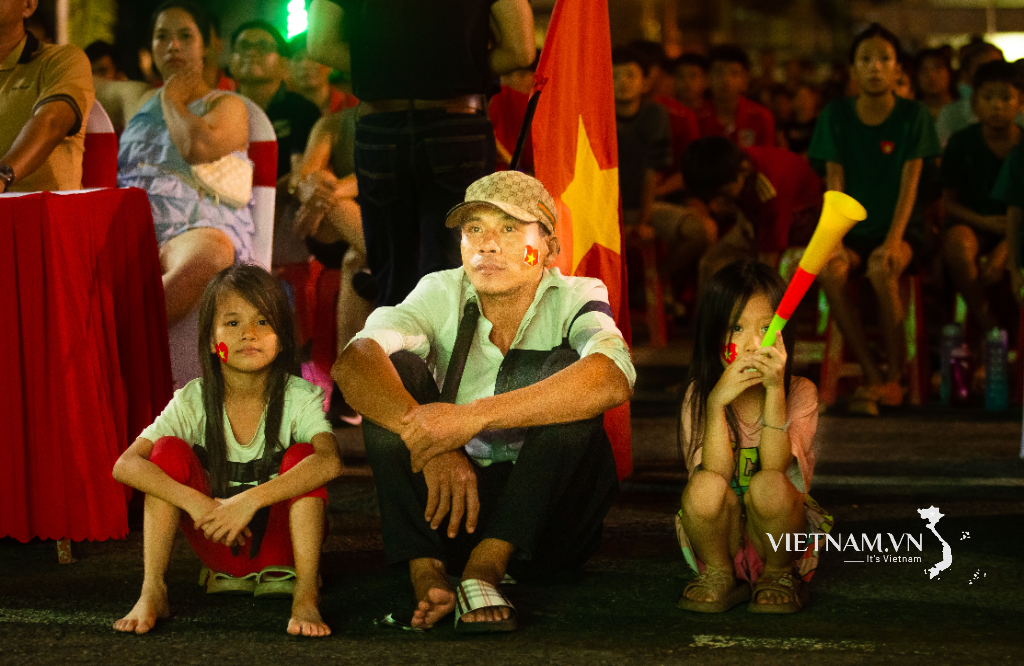
Comment (0)